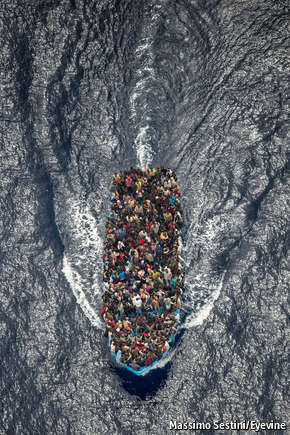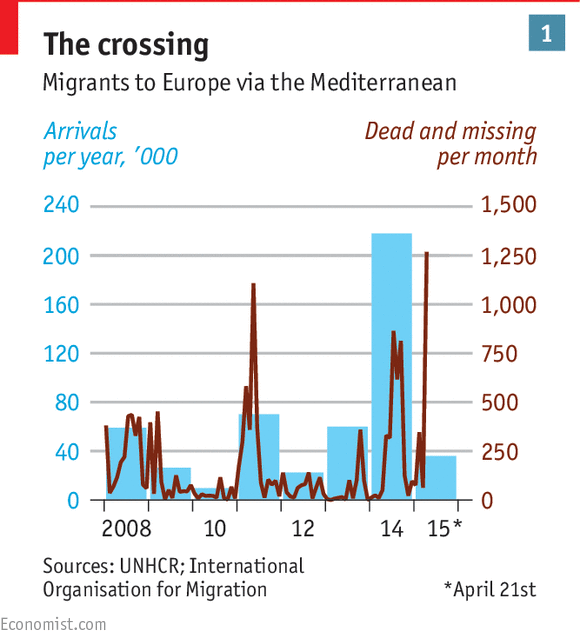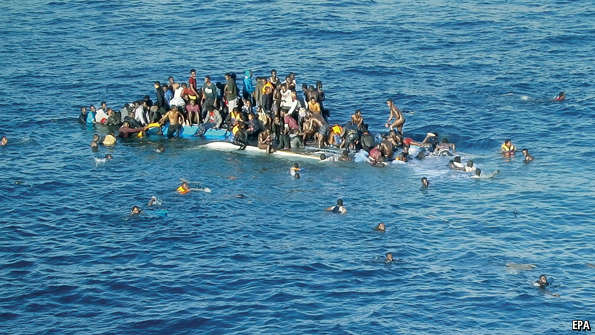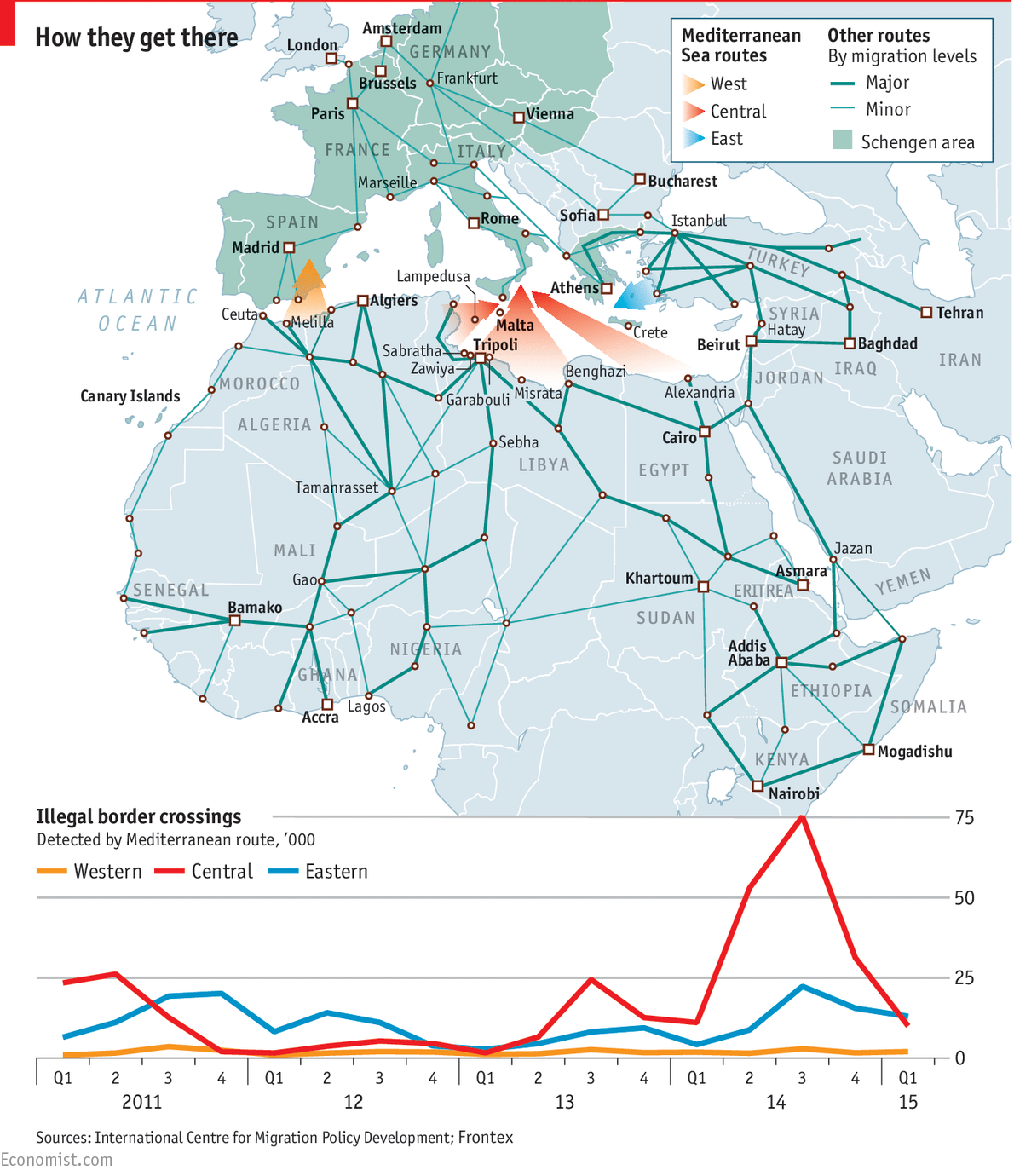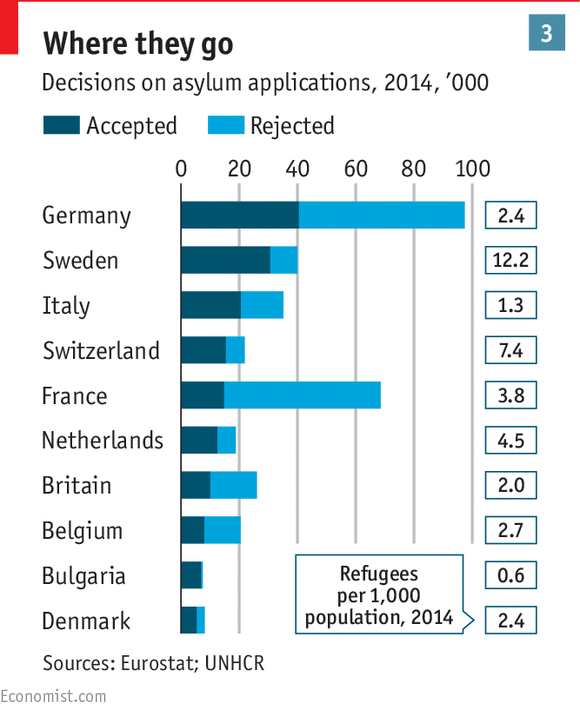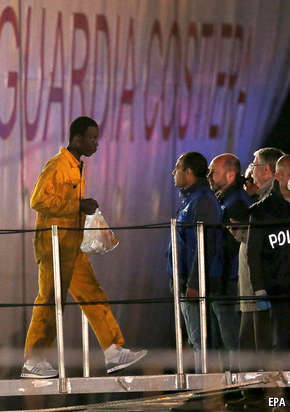The Real Story of How Israel Was Created
by Alison Weir, October 11, 2011
To better understand the Palestinian bid for membership in the United Nations, it is important to understand the original 1947 U.N. action on Israel-Palestine.
The common representation of Israel’s birth is that the U.N. created Israel, that the world was in favor of this move, and that the U.S. governmental establishment supported it.
All these assumptions are demonstrably incorrect.
In reality, while the U.N. General Assembly recommended the creation of a Jewish state in part of Palestine, that recommendation was non-binding and never implemented by the Security Council.
Second, the General Assembly passed that recommendation only after Israel proponents threatened and bribed numerous countries in order to gain a required two-thirds of votes.
Third, the U.S. administration supported the recommendation out of domestic electoral considerations and took this position over the strenuous objections of the State Department, the CIA, and the Pentagon.
The passage of the General Assembly recommendation sparked increased violence in the region. Over the following months the armed wing of the pro-Israel movement, which had long been preparing for war, perpetrated a series of massacres and expulsions throughout Palestine, implementing a plan to clear the way for a majority-Jewish state.
It was this armed aggression, and the ethnic cleansing of at least three-quarters of a million indigenous Palestinians, that created the Jewish state on land that had been 95 percent non-Jewish prior to Zionist immigration and that even after years of immigration remained 70 percent non-Jewish. And despite the shallow patina of legality its partisans extracted from the General Assembly, Israel was born over the opposition of American experts and of governments around the world, who opposed it on both pragmatic and moral grounds.
Let us look at the specifics.
Background of the U.N. Partition Recommendation
In 1947 the U.N. took up the question of Palestine, a territory that was then administered by the British.
Approximately 50 years before, a movement called political Zionism had begun in Europe. Its intention was to create a Jewish state in Palestine through pushing out the Christian and Muslim inhabitants who made up over 95 percent of its population and replacing them with Jewish immigrants.
As this colonial project grew through subsequent years, the indigenous Palestinians reacted with occasional bouts of violence; Zionists had anticipated this since people usually resist being expelled from their land. In various written documents cited by numerous Palestinian and Israeli historians, they discussed their strategy: They would either buy up the land until all the previous inhabitants had emigrated or, failing this, use violence to force them out.
When the buy-out effort was able to obtain only a few percent of the land, Zionists created a number of terrorist groups to fight against both the Palestinians and the British. Terrorist and future Israeli Prime Minister Menachem Begin later bragged that Zionists had brought terrorism both to the Middle East and to the world at large.
Finally, in 1947 the British announced that they would be ending their control of Palestine, which had been created through the League of Nations following World War I, and turned the question of Palestine over to the United Nations.
At this time, the Zionist immigration and buyout project had increased the Jewish population of Palestine to 30 percent and land ownership from 1 percent to approximately 6 percent.
Since a founding principle of the U.N. was “self-determination of peoples,” one would have expected to the U.N. to support fair, democratic elections in which inhabitants could create their own independent country.
Instead, Zionists pushed for a General Assembly resolution in which they would be given a disproportionate 55 percent of Palestine. (While they rarely announced this publicly, their stated plan was to later take the rest of Palestine.)
U.S. Officials Oppose Partition Plan
The U.S. State Department opposed this partition plan strenuously, considering Zionism contrary to both fundamental American principles and U.S. interests.
Author Donald Neff reports that Loy Henderson, Director of the State Department’s Office of Near Eastern and African Affairs, wrote a memo to the secretary of state warning:
[S]upport by the Government of the United States of a policy favoring the setting up of a Jewish State in Palestine would be contrary to the wishes of a large majority of the local inhabitants with respect to their form of government. Furthermore, it would have a strongly adverse effect upon American interests throughout the Near and Middle East ….” [Citations.]
Henderson went on to emphasize:
At the present time the United States has a moral prestige in the Near and Middle East unequaled by that of any other great power. We would lose that prestige and would be likely for many years to be considered as a betrayer of the high principles which we ourselves have enunciated during the period of the war.
When Zionists began pushing for a partition plan through the U.N., Henderson recommended strongly against supporting their proposal. He warned that such a partition would have to be implemented by force and emphasized that it was “not based on any principle.” He went on to write:
[Partition] would guarantee that the Palestine problem would be permanent and still more complicated in the future ….
Henderson went on to emphasize:
[proposals for partition] are in definite contravention to various principles laid down in the [U.N.] Charter as well as to principles on which American concepts of Government are based. These proposals, for instance, ignore such principles as self-determination and majority rule. They recognize the principle of a theocratic racial state and even go so far in several instances as to discriminate on grounds of religion and race ….
Henderson was far from alone in making his recommendations. He wrote that his views were not only those of the entire Near East Division but were shared by “nearly every member of the Foreign Service or of the Department who has worked to any appreciable extent on Near Eastern problems.”
Henderson wasn’t exaggerating. Official after official and agency after agency opposed Zionism.
In 1947 the CIA reported that Zionist leadership was pursuing objectives that would endanger both Jews and “the strategic interests of the Western powers in the Near and Middle East.”
Truman Accedes to Pro-Israel Lobby
President Harry Truman, however, ignored this advice. Truman’s political adviser, Clark Clifford, believed that the Jewish vote and contributions were essential to winning the upcoming presidential election and that supporting the partition plan would garner that support. (Truman’s opponent, Dewey, took similar stands for similar reasons.)
Secretary of State George Marshall, the renowned World War II general and author of the Marshall Plan, was furious to see electoral considerations taking precedence over policies based on national interest. He condemned what he called a “transparent dodge to win a few votes,” which would cause “[t]he great dignity of the office of president [to be] seriously diminished.”
Marshall wrote that the counsel offered by Clifford “was based on domestic political considerations, while the problem which confronted us was international. I said bluntly that if the president were to follow Mr. Clifford’s advice and if in the elections I were to vote, I would vote against the president ….”
Henry F. Grady, who has been called “America’s top diplomatic soldier for a critical period of the Cold War,” headed a 1946 commission aimed at coming up with a solution for Palestine. Grady later wrote about the Zionist lobby and its damaging effect on U.S. national interests.
Grady argued that without Zionist pressure, the U.S. would not have had “the ill-will with the Arab states, which are of such strategic importance in our ‘cold war’ with the Soviets.” He also described the decisive power of the lobby:
I have had a good deal of experience with lobbies but this group started where those of my experience had ended …. I have headed a number of government missions but in no other have I ever experienced so much disloyalty …. [I]n the United States, since there is no political force to counterbalance Zionism, its campaigns are apt to be decisive.
Former Undersecretary of State Dean Acheson also opposed Zionism. Acheson’s biographer writes that Acheson “worried that the West would pay a high price for Israel.” Another Author, John Mulhall, records Acheson’s warning:
[T]o transform [Palestine] into a Jewish State capable of receiving a million or more immigrants would vastly exacerbate the political problem and imperil not only American but all Western interests in the Near East.
Secretary of Defense James Forrestal also tried, unsuccessfully, to oppose the Zionists. He was outraged that Truman’s Mideast policy was based on what he called “squalid political purposes,” asserting that “United States policy should be based on United States national interests and not on domestic political considerations.”
Forrestal represented the general Pentagon view when he said that “no group in this country should be permitted to influence our policy to the point where it could endanger our national security.”
A report by the National Security Council warned that the Palestine turmoil was acutely endangering the security of the United States. A CIA report stressed the strategic importance of the Middle East and its oil resources.
Similarly, George F. Kennan, the State Department’s director of policy planning, issued a top-secret document on Jan. 19, 1947, that outlined the enormous damage done to the U.S. by the partition plan (“Report by the Policy Planning Staff on Position of the United States with Respect to Palestine”).
Kennan cautioned that “important U.S. oil concessions and air base rights” could be lost through U.S. support for partition and warned that the USSR stood to gain by the partition plan.
Kermit Roosevelt, Teddy Roosevelt’s nephew and a legendary intelligence agent, was another who was deeply disturbed by events. He noted:
The process by which Zionist Jews have been able to promote American support for the partition of Palestine demonstrates the vital need of a foreign policy based on national rather than partisan interests …. Only when the national interests of the United States, in their highest terms, take precedence over all other considerations, can a logical, farseeing foreign policy be evolved. No American political leader has the right to compromise American interests to gain partisan votes ….
He went on:
The present course of world crisis will increasingly force upon Americans the realization that their national interests and those of the proposed Jewish state in Palestine are going to conflict. It is to be hoped that American Zionists and non-Zionists alike will come to grips with the realities of the problem.
The head of the State Department’s Division of Near Eastern Affairs, Gordon P. Merriam, warned against the partition plan on moral grounds:
U.S. support for partition of Palestine as a solution to that problem can be justified only on the basis of Arab and Jewish consent. Otherwise we should violate the principle of self-determination which has been written into the Atlantic Charter, the declaration of the United Nations, and the United Nations Charter — a principle that is deeply embedded in our foreign policy. Even a United Nations determination in favor of partition would be, in the absence of such consent, a stultification and violation of U.N.’s own charter.
Merriam added that without consent, “bloodshed and chaos” would follow, a tragically accurate prediction.
An internal State Department memorandum accurately predicted how Israel would be born through armed aggression masked as defense:
[T]he Jews will be the actual aggressors against the Arabs. However, the Jews will claim that they are merely defending the boundaries of a state which were traced by the U.N. …. In the event of such Arab outside aid the Jews will come running to the Security Council with the claim that their state is the object of armed aggression and will use every means to obscure the fact that it is their own armed aggression against the Arabs inside which is the cause of Arab counter-attack.
And American Vice Consul William J. Porter foresaw another outcome of the partition plan: that no Arab State would actually ever come to be in Palestine.
----------------------------------------------------------------------------------------------------------
 | ||
During the early 1970s, I wrote historical novels and the original version of my second published book, The Six Wives of Henry VIII - 1024 pages long, and single-spaced - and had it rejected on the grounds that there was a world paper shortage!
Alison Weir
----------------------------------------------------------------------
Pro-Israel Pressure on General Assembly Members
When it was clear that the partition recommendation did not have the required two-thirds of the U.N. General Assembly to pass, Zionists pushed through a delay in the vote. They then used this period to pressure numerous nations into voting for the recommendation. A number of people later described this campaign.
Robert Nathan, a Zionist who had worked for the U.S. government and who was particularly active in the Jewish Agency, wrote afterward, “We used any tools at hand,” such as telling certain delegations that the Zionists would use their influence to block economic aid to any countries that did not vote the right way.
Another Zionist proudly stated, “Every clue was meticulously checked and pursued. Not the smallest or the remotest of nations, but was contacted and wooed. Nothing was left to chance.”
Financier and longtime presidential adviser Bernard Baruch told France it would lose U.S. aid if it voted against partition. Top White House executive assistant David Niles organized pressure on Liberia through rubber magnate Harvey Firestone, who told the Liberian president that if Liberia did not vote in favor of partition, Firestone would revoke his planned expansion in the country. Liberia voted yes.
Latin American delegates were told that the pan-American highway construction project would be more likely if they voted yes. Delegates’ wives received mink coats (the wife of the Cuban delegate returned hers); Costa Rica’s President Jose Figueres reportedly received a blank checkbook. Haiti was promised economic aid if it would change its original vote opposing partition.
Longtime Zionist Supreme Court Justice Felix Frankfurter, along with 10 senators and Truman domestic adviser Clark Clifford, threatened the Philippines (seven bills were pending on the Philippines in Congress).
Before the vote on the plan, the Philippine delegate had given a passionate speech against partition, defending the inviolable “primordial rights of a people to determine their political future and to preserve the territorial integrity of their native land.”
He went on to say that he could not believe that the General Assembly would sanction a move that would place the world “back on the road to the dangerous principles of racial exclusiveness and to the archaic documents of theocratic governments.”
Twenty-four hours later, after intense Zionist pressure, the delegate voted in favor of partition.
The U.S. delegation to the U.N. was so outraged when Truman insisted that they support partition that the State Department director of U.N. affairs was sent to New York to prevent the delegates from resigning en masse.
On Nov. 29, 1947, the partition resolution, 181, passed. While this resolution is frequently cited, it was of limited (if any) legal impact. General Assembly resolutions, unlike Security Council resolutions, are not binding on member states. For this reason, the resolution requested that “[t]he Security Council take the necessary measures as provided for in the plan for its implementation,” which the Security Council never did. Legally, the General Assembly Resolution was a “recommendation” and did not create any states.
What it did do, however, was increase the fighting in Palestine. Within months (and before Israel dates the beginning of its founding war) the Zionists had forced out 413,794 people. Zionist military units had stealthily been preparing for war before the U.N. vote and had acquired massive weaponry, some of it through a widespread network of illicit gunrunning operations in the U.S. under a number of front groups.
The U.N. eventually managed to create a temporary and very partial cease-fire. A Swedish U.N. mediator who had previously rescued thousands of Jews from the Nazis was dispatched to negotiate an end to the violence. Israeli assassins killed him, and Israel continued what it was to call its “war of independence.”
At the end of this war, through a larger military force than that of its adversaries and the ruthless implementation of plans to push out as many non-Jews as possible, Israel came into existence on 78 percent of Palestine.
At least 33 massacres of Palestinian civilians were perpetrated, half of them before a single Arab army had entered the conflict, hundreds of villages were depopulated and razed, and a team of cartographers was sent out to give every town, village, river, and hillock a new Hebrew name. All vestiges of Palestinian habitation, history, and culture were to be erased from history, an effort that almost succeeded.
Israel, which claims to be the “only democracy in the Middle East,” decided not to declare official borders or to write a constitution, a situation which continues to this day. In 1967 it took still more Palestinian and Syrian land, which is now illegally occupied territory, since the annexation of land through military conquest is outlawed by modern international law. It has continued this campaign of growth through armed acquisition and illegal confiscation of land ever since.
Individual Israelis, like Palestinians and all people, are legally and morally entitled to an array of human rights.
On the other hand, the state of Israel’s vaunted “right to exist” is based on an alleged “right” derived from might, an outmoded concept that international legal conventions do not recognize and in fact specifically prohibit.
[Detailed citations for the above information are available at “The History of Israel-U.S. Relations, Part One.”]
=====================================================
குறிப்பு: மறுபிரசுரம் அழுத்தம் ENB




